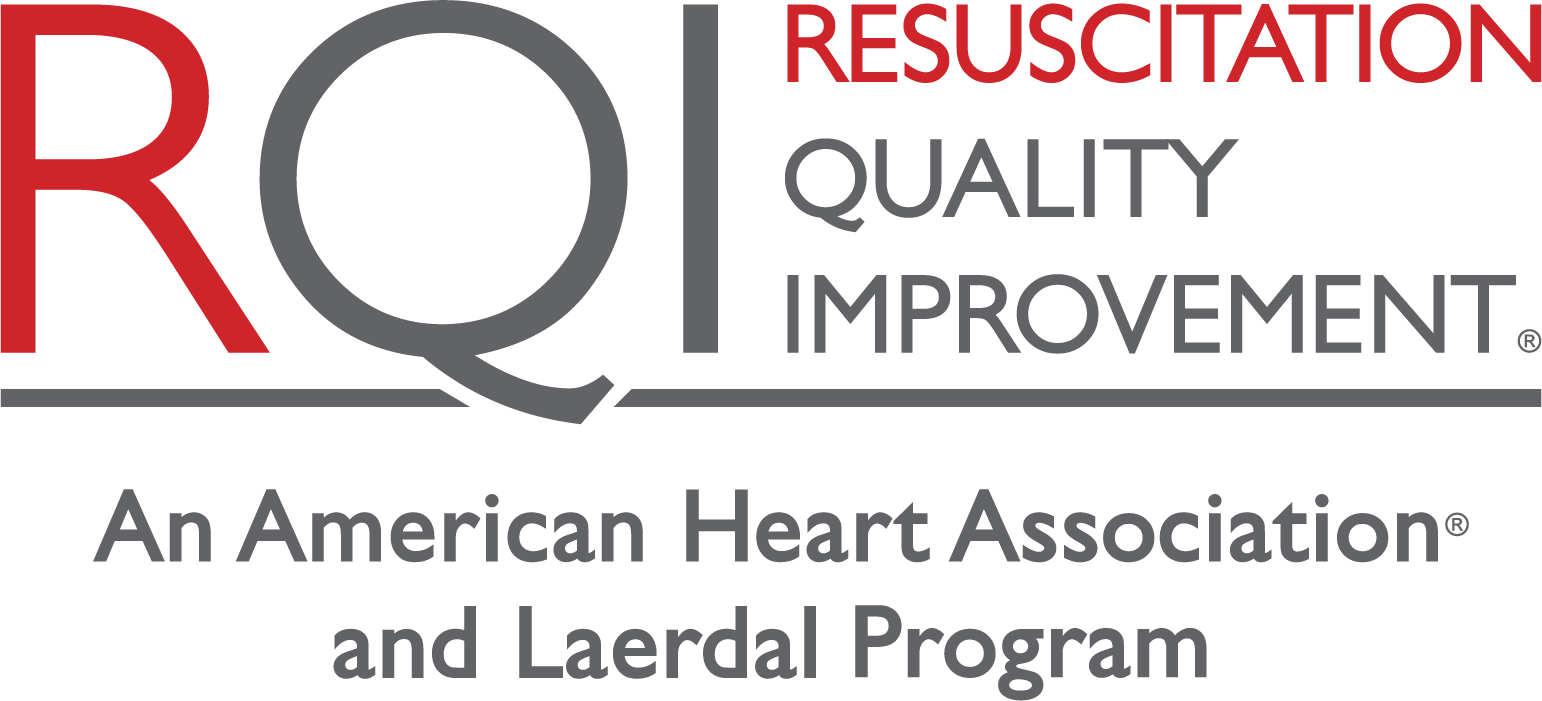Cheng et al. Circulation. 2018; 138(6), e82-e122
Importance of Conclusion
In order to increase educational efficiency in Utstein’s Formula of Survival, instructional design enhancements for CPR training have been identified to increase educational outcomes, patient outcomes, and survival after cardiac arrest.
Key Points
- To increase the likelihood that a learner will truly acquire key resuscitation skills, an program may ask learners to continue practicing until they demonstrate mastery, known as mastery learning.
- The current schedule of 1 to 2 days of resuscitation training every couple of years is effective for short-term learning. However, learners often do not retain these skills in the long term. Shorter learning sessions every few months may improve learning outcomes.
- A core concept for resuscitation training is to use training experiences that apply to learners’ real-world scope of practice.
- Prebriefing, feedback, and debriefing can improve resuscitation education.
- New methods and digital platforms can improve a learner’s willingness to act, provide performance, and survival from cardiac arrest.
- Assessing learner competence is a critical part of developing high-quality resuscitation teams.
- Principles from knowledge translation and implementation science (ie, applying evidence-based research in the clinical practice) should inform efforts at the local level.
